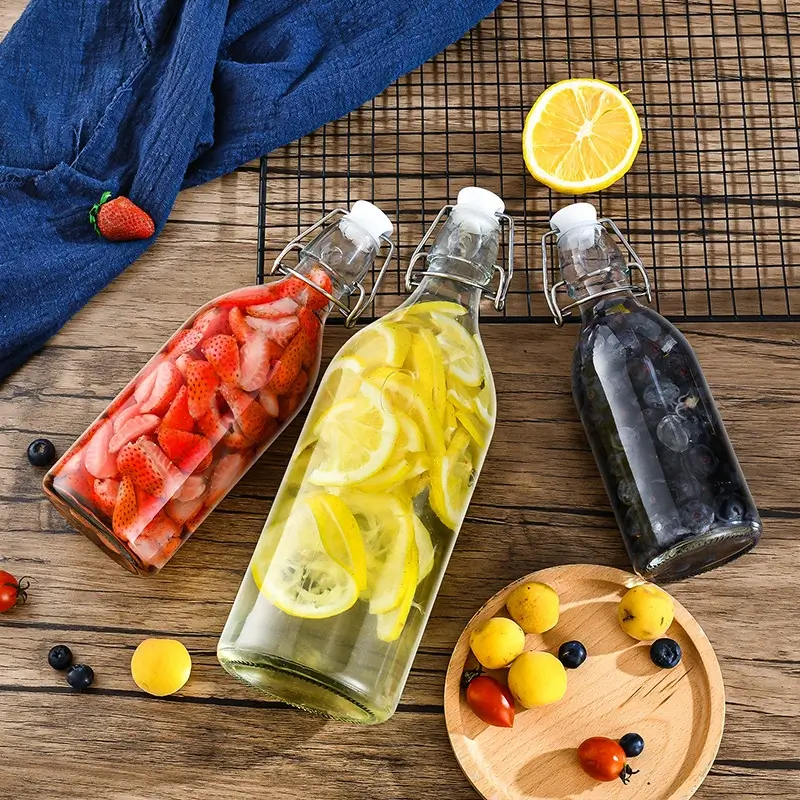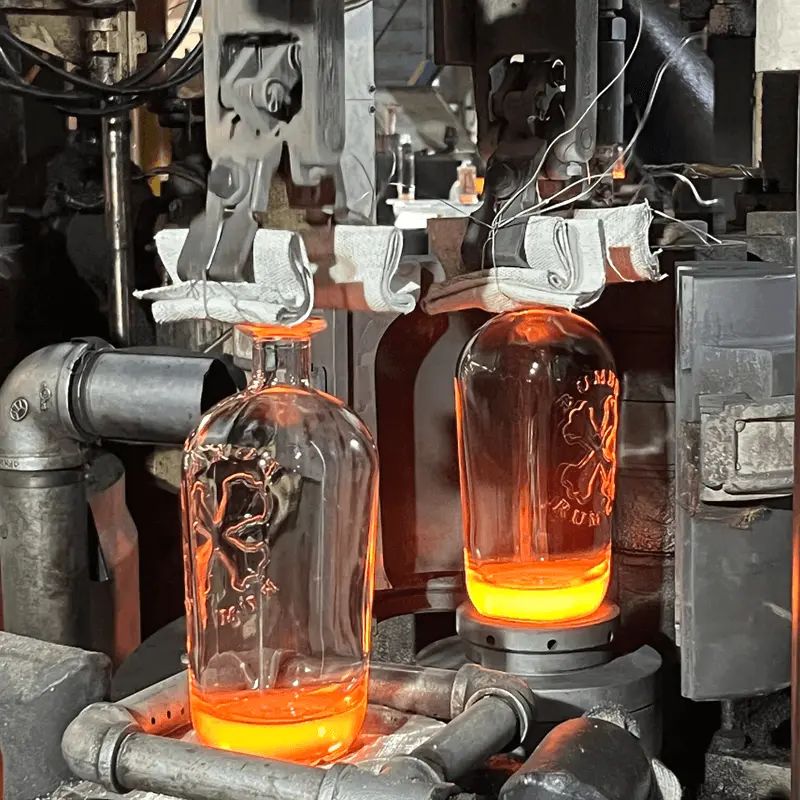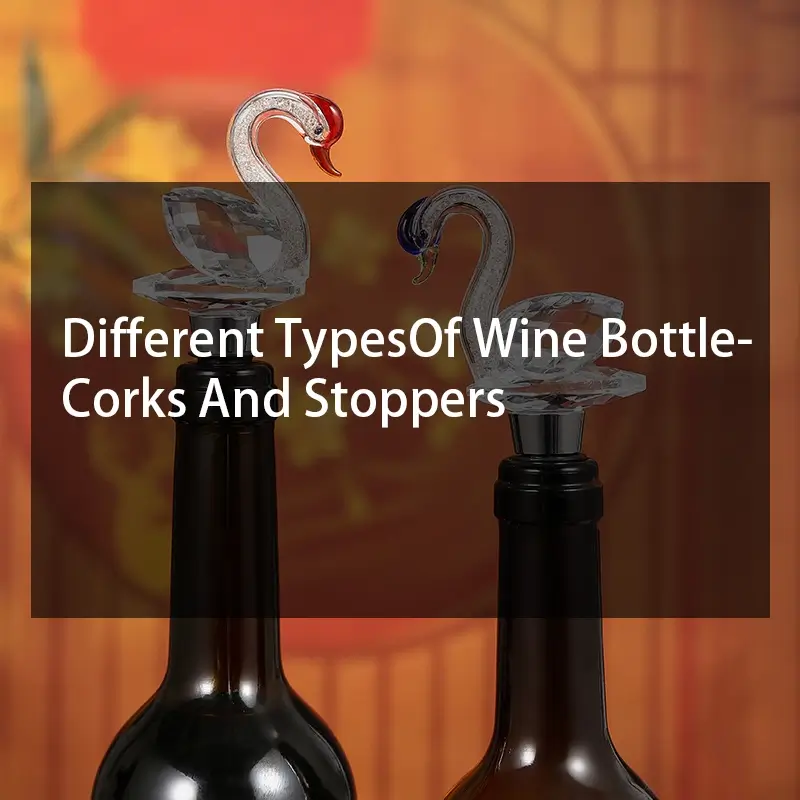Glass Liquor Bottle: The Ultimate Buying Guide for Buyers
News October 17, 2025
Glass bottles are one of the most common packaging materials used in our daily lives — from simple drinking glasses to luxury liquor bottles and architectural glass walls. In the liquor and spirits industry, glass liquor bottles play a crucial role in maintaining product quality, enhancing brand image, and improving shelf appeal.
If you are looking to buy or customize glass liquor bottles, this comprehensive guide will help you understand the different types, manufacturing processes, material advantages, and how to identify high-quality glass bottles.
1. Classification of Glass Bottles
There are many types of glass bottles depending on their use, color, shape, and neck design. Below are the main categories used in the market.
1.1 Classification by Use
- Wine Bottles – The most common type of glass bottles, often round in shape, used for red wine, white wine, and champagne.
- Daily Use Bottles – Used for cosmetics, essential oils, glue, or ink. Their designs and closures vary widely depending on the product.
- Cans and Jars – Typically wide-mouth bottles (0.2–0.5L capacity) for canned foods and sauces.
- Medicine Bottles – Include 10–200ml brown vials, 100–1000ml infusion bottles, and sealed ampoules for medical use.
- Chemical Reagent Bottles – Designed for laboratory use with 250–1200ml capacity, usually screw or ground neck.
1.2 Classification by Color
Glass bottles come in different colors, including clear (flint), amber (brown), green, blue, and frosted glass.
Each color provides unique protection levels against UV light and serves different aesthetic purposes for branding.
1.3 Classification by Bottle Neck
- Long-neck bottles
- Short-neck bottles
- Thick-neck and thin-neck bottles
- Neckless bottles
Neck style affects both appearance and sealing performance.
1.4 Classification by Mouth Size
- Small-mouth bottles – Inner diameter under 20mm, often used for beverages such as beer or soda.
- Large-mouth bottles – 20–30mm, ideal for milk or juices.
- Wide-mouth bottles – Over 30mm, commonly used for canned foods or viscous products.
1.5 Classification by Shape
- Round Bottles – Most durable and widely used.
- Square Bottles – Stylish but harder to manufacture.
- Curved Bottles – Include unique designs like gourd or flower-shaped bottles.
- Oval Bottles – Compact and elegant, often used for perfumes or premium spirits.
2. How Glass Bottles Are Manufactured
High-quality glass liquor bottle manufacturers follow strict production steps to ensure clarity, durability, and consistency. The main stages include:
2.1 Raw Material Preparation
Key ingredients like quartz sand, soda ash, limestone, and feldspar are crushed, dried, and refined to remove impurities such as iron.
2.2 Batch Mixing
The raw materials are measured and mixed evenly to prepare for melting.
2.3 Melting
The batch is heated to 1550–1600°C in a furnace until it becomes a uniform, bubble-free molten glass.
2.4 Forming
Molten glass is blown or pressed into molds to create bottles of various shapes and sizes.
2.5 Heat Treatment
Annealing and cooling remove internal stress, strengthen the glass, and ensure structural stability.
3. Advantages of Using Glass Liquor Bottles
Glass bottles have long been a preferred choice for packaging alcoholic beverages because of their functionality and sustainability.
- Excellent Barrier Performance – Prevents oxygen and gas from entering and preserves the original flavor.
- Reusable & Recyclable – Environmentally friendly and cost-effective.
- High Transparency & Customization – Supports multiple decorative techniques such as frosting, coating, or color spraying.
- Safe & Hygienic – Corrosion-resistant, acid-proof, and suitable for beverages, juices, and sauces.
- Compatible with Automatic Filling Lines – Supports modern mass production.
4. How to Identify High-Quality Glass Bottles
When selecting a liquor glass bottle supplier, you can judge quality from several key indicators:
4.1 Sound Test
Tap the bottle gently — high-quality crystal glass produces a clear, ringing sound, while ordinary glass sounds dull.
4.2 Weight
Crystal bottles are heavier than normal glass ones of the same volume.
4.3 Refraction
Under light, crystal bottles have a higher refractive index and display rainbow-like colors, while regular glass does not.
4.4 Hardness
Crystal is harder than glass. Scratching glass with crystal leaves a mark, but not vice versa.
These methods, combined with checking the manufacturer’s quality standards, can help ensure you buy premium bottles suitable for your brand.
5. Final Thoughts
Glass liquor bottles are not only containers but also brand assets that reflect the quality and character of your product. Choosing the right bottle type, color, and design can make your spirits stand out on the shelf.
If you’re looking for custom glass bottle manufacturers, Nuojing Glass offer a wide range of customizable liquor bottles, from vodka and whiskey bottles to rum and gin bottles.
You can add your logo, embossing, or unique color finish to match your brand identity.
📞 Contact us via WhatsApp to customize your glass liquor bottles today!


